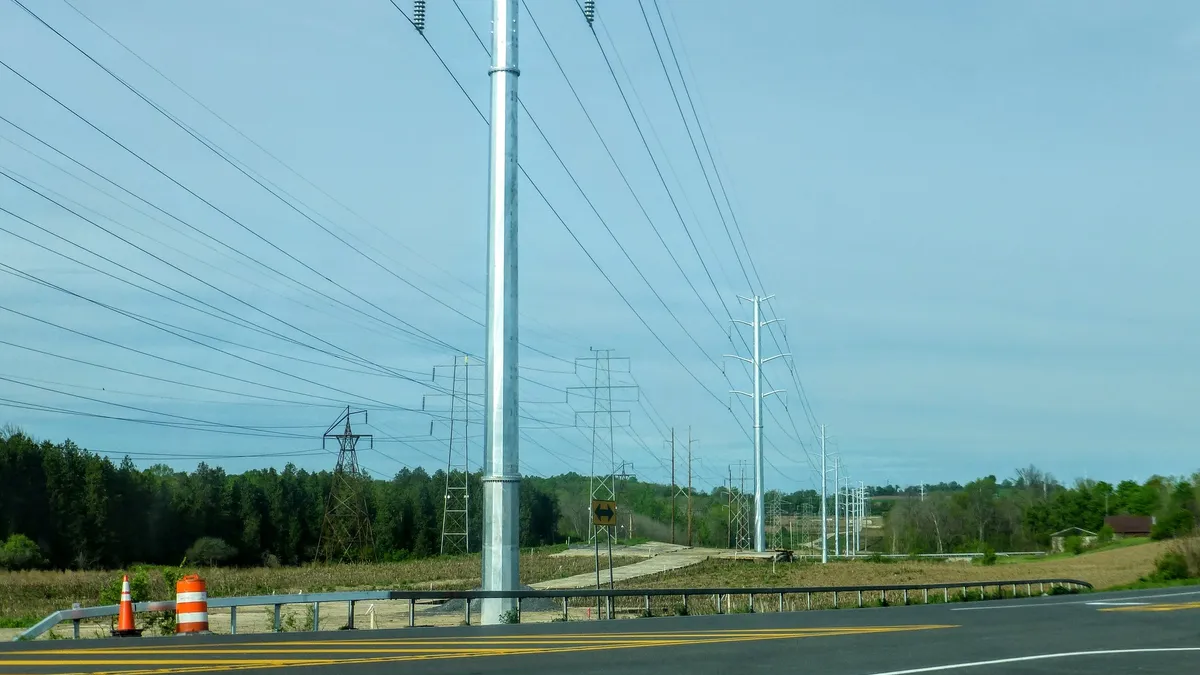Dive Brief:
- Statewide baseline transmission security margins for New York and margins for the lower Hudson Valley, New York City and Long Island are sufficient for 2023 to 2028, the state’s grid operator said Friday.
- But the reliability of the New York City area faces the greatest risk due to limited generation and transmission to serve forecasted demand, New York ISO said in its first-quarter Short-Term Assessment of Reliability.
- Under expected summer weather, the grid is expected to be sufficient during the next five years, but has an “extremely narrow transmission security margin” in 2025 due to the planned unavailability of simple-cycle combustion turbines to reduce emissions during the ozone season from May through September and comply with the state’s Peaker Rule, NYISO said.
Dive Insight:
The summer margin in the New York City area is expected to improve in 2026 with the anticipated addition of the Champlain Hudson Power Express, or CHPE, transmission system originating with Hydro Quebec and extending to New York City. But it gradually erodes following CHPE’s addition as expected demand rises in New York City, NYISO said.
“Potential heatwaves of various degrees pose risks throughout the next 10 years, especially in 2025,” it said.
In addition, although CHPE will contribute to reliability in the summer, it’s not expected to provide any capacity in the winter, NYISO said.
The CHPE is permitted and expected to be operational in the spring of 2026, delivering 1,250 MW of renewable power to the New York Metro area.
NYISO warned that the summer weather will be a factor in New York City.
Transmission security margins are sufficient, but are “extremely narrow” for several hours of the day under expected weather conditions, the grid operator said. “Under heat waves or extreme heatwaves, the margins are deficient for nearly half of the day,” it said.
The reliability margins in New York City may not be sufficient if the CHPE project experiences a significant delay, forecasted demand increases by as little as 60 MW in 2025 or more generators than already planned are deactivated, NYISO said.
Some generation affected by the Peaker Rule may need to remain in service until CHPE or other permanent solutions are completed to maintain a reliable grid, NYISO said.
It warned in December of narrower margins to maintain power grid reliability over the next 10 years as gas-fired generators are retired and buildings and transportation are increasingly electrified. In its assessment, however, NYISO said no generators were deactivated in the first quarter of the year.















